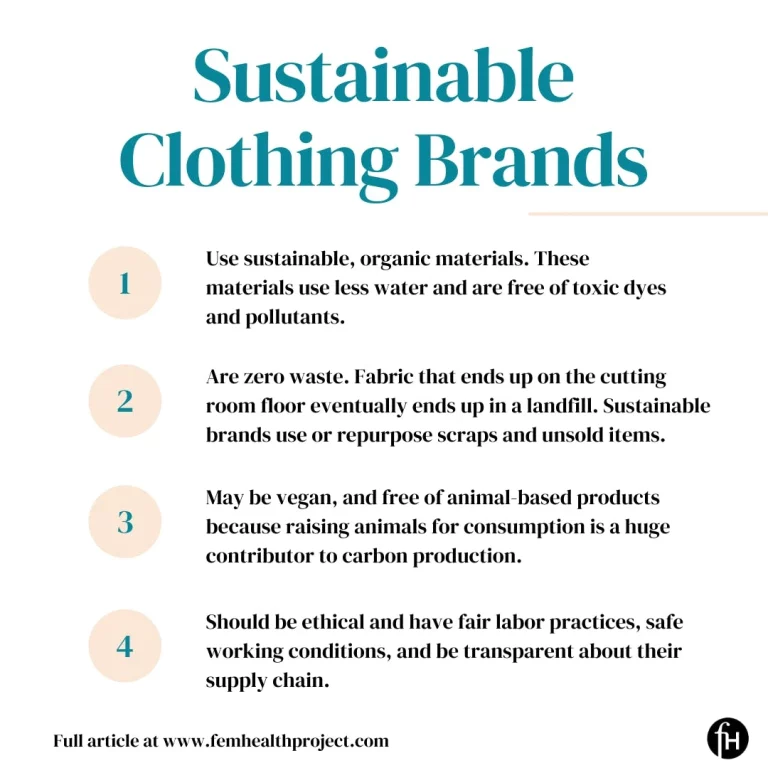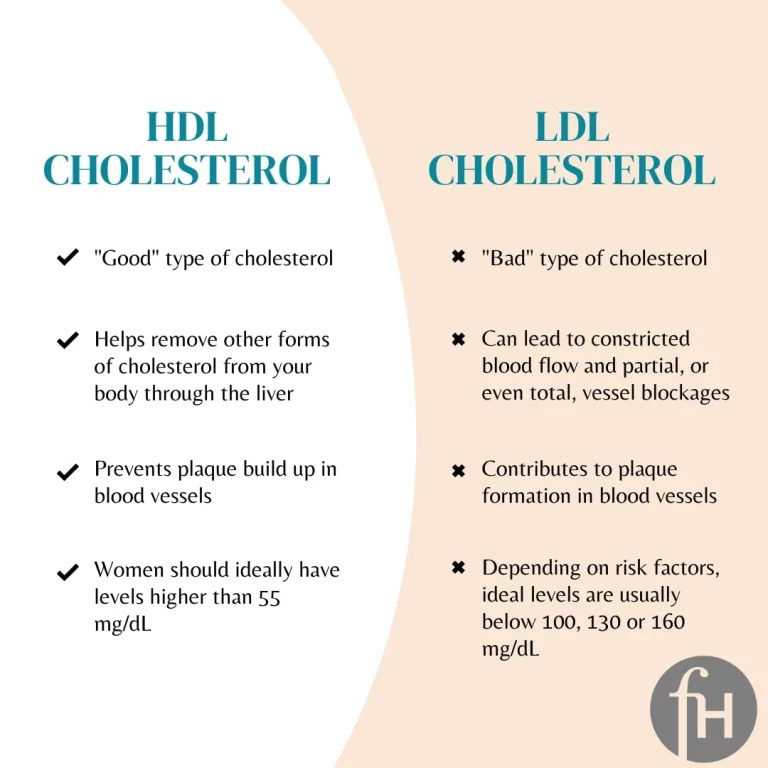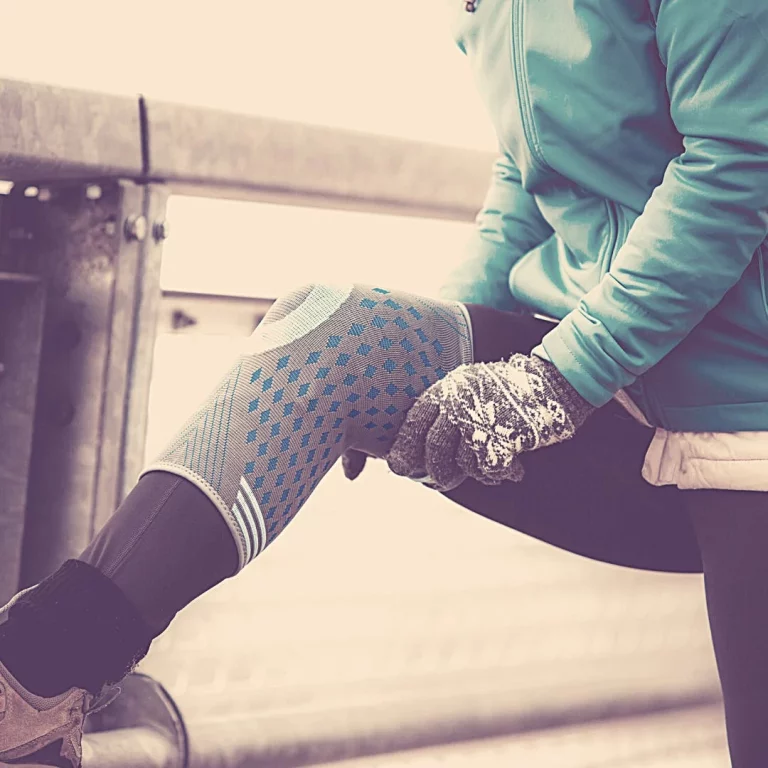Preventing Eye Injuries in Children: Advice from a Cornea Specialist
Our most prized possession (okay maybe I’m a bit biased), is our vision. Moms out there, I cannot imagine how challenging it may be at home to make sure everything is optimized to keep your children safe from potential accidental eye injury. In this post, I will explore both chemical eye injury and then overall eye injuries in the pediatric population.
A topic that was special to me in my residency and that I developed into a poster presentation in 2019 at The Association for Research in Vision and Ophthalmology (ARVO) was chemical-related eye injuries in pediatric patients across the country. We analyzed seventeen years of data from one hundred pediatric emergency departments in the country. Let me start first with the trends we found and then we can explore ways through which you can prevent eye injuries for your children.
In terms of chemical-related eye injury, the most common culprit was laundry soap and laundry detergent pods! This most commonly occurred for children in the summer, at home, and usually in kids between ages one to four years old. Other culprits included swimming pool cleaners and household cleaners.
What do I mean in terms of chemical-related eye injuries? Well, any substance or chemical depending on its composition can cause a spectrum of injuries to our eyes, ranging but not limited to infection and compromise to the cornea’s ability to maintain its layers. Every injury to the eye, whether it be traumatic or related to a chemical, should be treated seriously and should be evaluated by an Ophthalmologist in an emergency setting.
Now let’s shift gears into looking at more broad pediatric eye injuries.
Pediatric eye injuries are wide-ranging, but often include animal bites/scratches, chemicals, and trauma (for instance an object to the eye). This was the foundation of many of my consults during training. Thus, I have developed from my experience six pearls for parents – in either preventing or managing an eye injury for your child:
1) Keep things out of reach!
One of the most simple ways to prevent injury is to keep items such as detergents, cleaners, sharp objects, hot objects etc. out of reach!
2) If your child has sustained a traumatic eye injury, try not to manipulate the eye before an Ophthalmologist conducts their exam.
If your child has sustained aa trauma to the eye, do not manipulate/touch the eye in case there is serious injury. Ensure your child does not touch his or her eye and then bring him or her in to see an Ophthalmologist as soon as possible (same day)!
3) In the instance of a chemical injury to the eye, the best thing you can do is flush and irrigate your child’s eye(s) with water.
If you have saline at home, you can use this also. Irrigate until you can’t irrigate anymore! This is the best initial treatment for this injury and can prevent progression of chemical injury to the cornea and ocular surface.
4) Do not assume a red eye is just a red eye.
Often parents notice redness on a child’s eye and attribute it to irritation or nothing serious. Do not underestimate what a red eye could really mean. It is only with appropriate instrumentation and a thorough exam by an Ophthalmologist that severe eye injury can be ruled out.
Related: Neon Yellow Pee – What Causes It?
5) Do not buy over the counter topical therapy (drops, ointments) to use on your child’s eyes until an Ophthalmic exam has been performed.
Often the general population does not realize that over the counter drops and ointments are not all benign and totally harmless. Certain ingredients and formulations can worsen a preexisting eye condition or injury, so it is always best to hold off on treatment until your child has been seen by an Ophthalmologist.
6) If you have a pet at home, ensure that his or her vaccinations are maintained and updated, and that their claws (if applicable) are appropriately managed and trimmed.
Even the kindest, sweetest pets sometimes do not know better, and children can sustain significant injuries near or within their eyes as a result.
With these pearls, you will be better prepared in anticipation of any potential eye injury that your child may face. Through education, discussion, and anticipation you can really do a lot in minimizing the risk of a child undergoing an incidental eye injury. I encourage dynamic discussion between each caretaker of a child to ensure that these precautions are being implemented in all of the settings a child may be in on a given day.
As always, I welcome, encourage, and love answering questions.
I hope this blog post helps even one parent out there!
Nitasha Khanna, MD
Cornea and External Disease Fellow
Ophthalmologist
Follow her on Instagram
Reference:
Khanna N, Yilmaz T, Simon M, Migliori M. Epidemiology of Pediatric Chemical-related Eye Injuries Treated in US Emergency Departments (2000-2017). Annual Meeting, The Association for Research in Vision and Ophthalmology, Vancouver, Canada, May 2019.
We discuss products we think are useful to people. If you buy something through our links, we may earn a commission. Remember to check with your personal physician to see if a product recommended is right for you.








